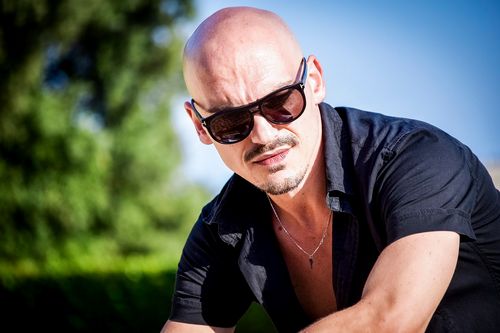Baldness is a problem that both genders suffer from. And for the longest time, baldness treatment appears to need a lot of money. But recently, scientists have made headway in hair regrowth treatment.
Maksim Plikus has his lab where research regarding hair loss is being conducted. But before all these started, Plikus had interned at a hair transplant clinic before getting a Ph.D. in pathology.
According to reports from The Wired, Plikus says baldness or androgenetic alopecia starts when the stem cells in the follicles become dormant. In other words, these stem cells stop producing new hairs.
"It's actually very exquisite, this micro-organ that most people don't really think is so complex," Plikus said.
It's often overlooked how much hair loss can affect a person's mental health, as stress and anxiety can arise from the experience. Plikus became interested in treating baldness when researching hairy moles, which form on various body parts such as the chest and arms.
For the past 10 years, Plikus and his team's research has focused on finding why hairy moles have been growing around the skin. While finding the answers to why hair moles grow around unimaginable places, Plikus and his team discovered something. They figured out that if they could find out why hairy moles grow where they do, they could apply the same to the baldness of the scalp. So, while pinpointing the protein that can do the same for the scalp, Plikus discovered osteopontin.
What Does Osteopontin Do?
According to several research done by Plikus and his team, the protein osteopontin can be deployed to the scalp and used as a hair regrowth treatment. They had previously carried out experiments with a bald mouse, and it worked with it. They tried the same for human hair in mice, and it worked.

This was a huge milestone for Plikus and his team as it brought them very close to discovering a baldness treatment. They found a way of linking what happens in hair moles with the baldness of the scalp. "What you see in the mole is the exact opposite of what you see on the scalp of a person going bald. I became obsessed," Plikus said.
A Groundbreaking Discovery to Treat Baldness
Plikus and his team came much closer to their goal after discovering another protein called SCUBE3. Their previous experiments found that SCUBE3 activated stem cells in mouse follicles and could be used to do the same for humans. Apparently, Plikus and his team want to microneedle people's scalps with SCUBE3 so those suffering from baldness can recover.
Etienne Wang, a clinician-scientist specializing in hair at National Skin Centre Singapore, spoke about Plikus and his team's progress. "It's very exciting. We see hairy moles all the time. And no one ever really put two and two together. But I think we must also be quite cautious," Wang said.

